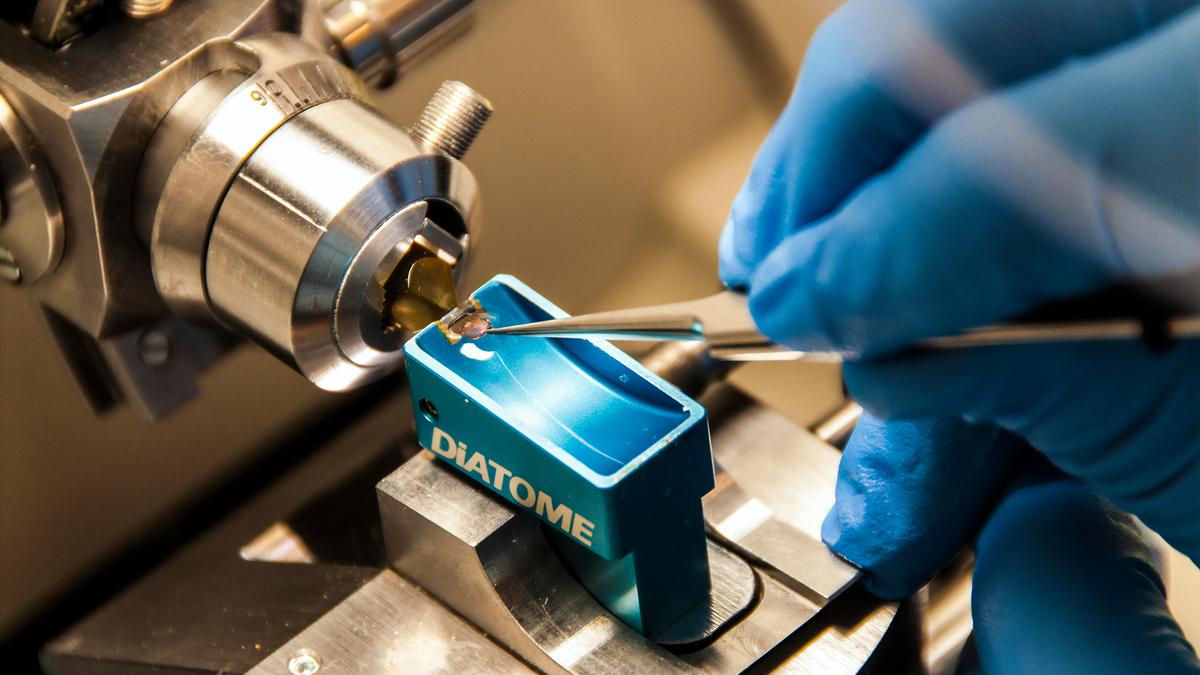
When for-profit companies fund research, how is science affected? Premium
The Hindu
Google DeepMind's AlphaFold 3 controversy highlights the tension between scientific transparency and commercialisation in research today.
In May 2024, Google DeepMind released AlphaFold 3, a tool that could predict protein structures. It used an artificial intelligence (AI) model to predict how different proteins were shaped, how they might interact with each other and with DNA, RNA, and other biomolecules of merit. Nobel laureates John Jumper and Demis Hassabis built the new model based on DeepMind’s previous versions of the tool, namely AlphaFold and AlphaFold 2. Both those models were released open source, i.e. with their associated programming scripts and inner workings open and transparent to all.
AlphaFold3 was different: its senior authors didn’t release the full code when they published their findings in Nature. How exactly the model worked was unclear to scientists who wished to probe deeper. They also couldn’t make full use of AlphaFold 3’s new abilities because its protein-drug interactions simulator wasn’t fully accessible.
Google had a reason to withhold information in the paper. A DeepMind spinoff company called Isomorphic Labs was using AlphaFold 3 to develop its own drugs.
“We have to strike a balance between making sure this is accessible and has an impact in the scientific community as well as not compromising Isomorphic’s ability to pursue commercial drug discovery,” Pushmeet Kohli, DeepMind’s head of AI science and a study co-author, told Naturein a news article earlier this year. But many scientists weren’t convinced, leading them to sign an open letter saying publishing the paper without the code prevents scientific efforts to reproduce and verify the original findings.
The controversy brought a broader conundrum surrounding scientific research today, especially research with commercial potential. Commercialisation is driven by competition and profit, so the creators and/or owners invoke property and patent laws to protect their intellectual property (IP).
The fundamental tension here is that IP necessitates secrecy whereas, historically, science isn’t encouraged to stay behind closed doors. Science progresses when scientists are open and transparent about their work, and when their methods and results are reproducible and falsifiable.
“If you make this fantastic discovery and you’re the only person in the universe who can do it, nobody cares. It’s not helpful for mankind,” Benjamin Haibe-Kains, a professor using AI to study cancer at the University of Toronto, said. He openly advocates for scientists to be more open with their software and data when they publish papers based on AI. “How can you advance science if you keep everything closed source? Nobody can see your data. Nobody can see the algorithm. Nobody can see the model, right?

The Karnataka government has drafted a comprehensive master plan for the integrated development of Kukke Subrahmanya temple, the State’s highest revenue-generating temple managed by the Hindu Religious Institutions and Charitable Endowments Department. The redevelopment initiative is estimated to cost around ₹254 crore and aims to enhance infrastructure and facilities for devotees.












